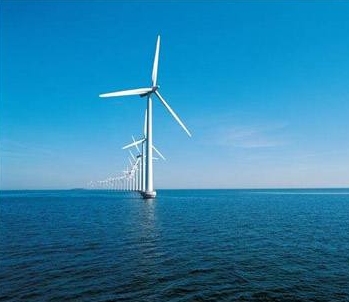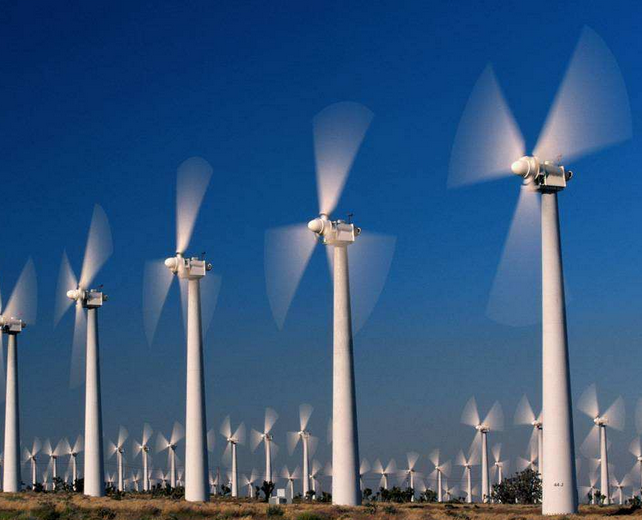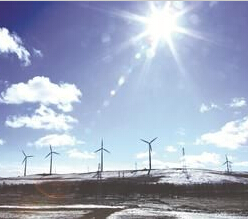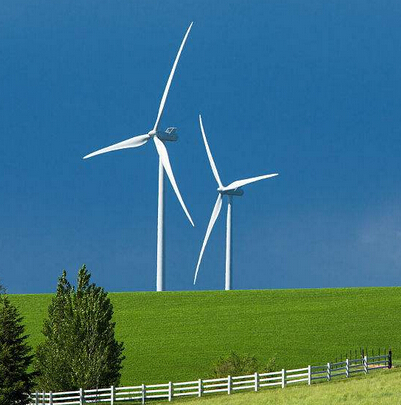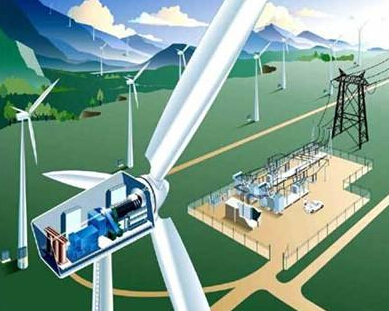Recently, the website of the National Energy Administration announced the “Notice of the National Energy Administration on the 2018 Annual Requirements for Wind Power Construction Management” (hereinafter referred to as the “Notice”), and issued the “Guidance Program for Competitive Configuration of Wind Power Projects (Trial)” (hereinafter referred to as the “Project”). "). The notice made it clear that newly approved centralized onshore wind power and offshore wind power will all implement competitive electricity price allocation project resources. This means that the wind power benchmark price system that has been going on for many years has been replaced by the bidding system.

The industry believes that this move is intended to solve the problem of wind power consumption from the source, speed up the achievement of the target of not exceeding 5% of the rate of curtailment of wind curtailment by the National Energy Administration in 2020 this year, and increase the number of hours of wind power utilization. To a certain extent, it can alleviate the subsidies brought by the newly built units.
Decentralized wind power does not participate in resource bidding
Decentralized wind power has received policy support for several times in recent years. The “Distributed Wind Power Project Development and Construction Temporary Management Measures” issued recently has clearly defined the decentralized wind power grid-connected standards, electricity prices, and subsidy policies. All parts of the country have participated in the development, Henan Province, Hebei and Anhui provinces and other cities have even formulated specific plans to regulate decentralized wind power development.
Qin Haiyan said that in China's current wind farms with an average wind speed of 5 m/s, the annual equivalent full-load utilization hours can reach 2000 hours. In the southern provinces of the Middle East, wind power installations in the national land areas of Hunan, Hubei, Zhejiang, and Anhui, which are key areas of low wind speed in China, are less than 20 kilowatts per square kilometer, and the potential is far from being tapped.
















 RCCN WeChat QrCode
RCCN WeChat QrCode Mobile WebSite
Mobile WebSite